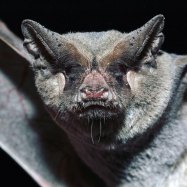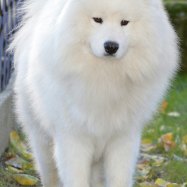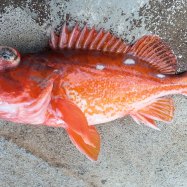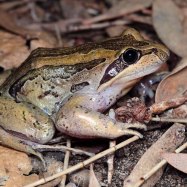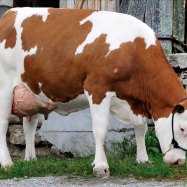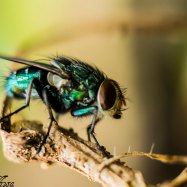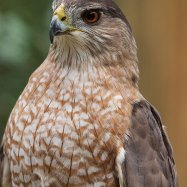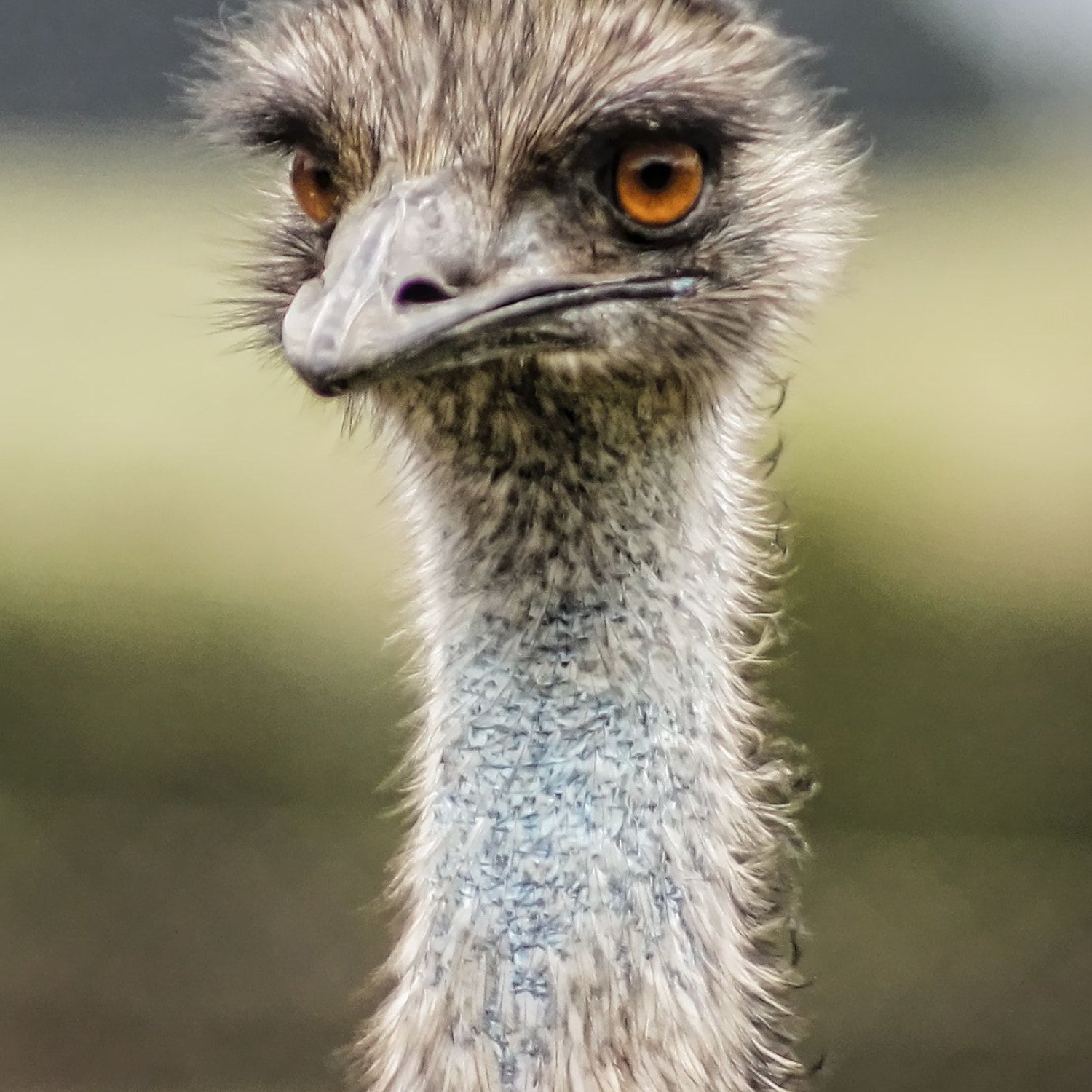
Emu
1.6 to 1.9 meters (5.2 to 6.2 feet)
Emus are Australia's largest native bird, with an average height of up to 6.2 feet! These flightless birds have a unique body shape, with long legs and a slender frame. They can be found all over mainland Australia and are part of the Dromaiidae family. Their playful behavior and curious nature make them a sight to see in the wild. #Emu #Australia #Wildlife
Animal Details Summary:
Common Name: Emu
Kingdom: Animalia
Habitat: Grasslands, shrublands, and forests
The Majestic Emu: A Fascinating Flightless Bird of Australia
The animal kingdom is home to a wide variety of fascinating creatures, both big and small. One of the most interesting and unique members of this kingdom is the emu, a large, flightless bird native to Australia. Though often overshadowed by its more well-known cousin, the ostrich, the emu has many remarkable qualities that make it an intriguing subject for study and observation.Scientific Classification
At first glance, one might assume that the emu belongs to the same family as the ostrich, given their similarities in size and appearance Emu. However, the two birds actually belong to entirely different families and are only distant relatives. The scientific name for the emu is Dromaius novaehollandiae, with "Dromaius" meaning "racer" in Greek and "novaehollandiae" referring to Australia, the bird's country of origin.
Appearance and Habitat
The emu is a tall and slender bird, with the average height ranging between 1.6 to 1.9 meters (5.2 to 6.2 feet). They can weigh anywhere from 18 to 60 kilograms (40 to 132 pounds), making them the second largest living bird in the world, surpassed only by the ostrich. They are mostly brown in color, with a darker shade on their head and neck Eastern Diamondback Rattlesnake. This coloration serves as camouflage, allowing them to blend in with their surroundings in their natural habitat of grasslands, shrublands, and forests found throughout mainland Australia.
Feeding Habits
The emu is a herbivore, meaning their diet consists of strictly plants and vegetation. They have a unique digestive system that allows them to break down and extract essential nutrients from tough and fibrous plants. Their favorite foods include fruits, berries, and seeds, which they can easily find using their keen sense of smell. In times of drought or scarcity, the emu can go without food for weeks, relying on the fat deposits in their bodies to sustain them.
Behavior and Adaptations
Emus are known for their curious and inquisitive nature, often approaching and observing objects in their environment. One of their most notable traits is their ability to run at speeds of up to 50 km/h (31 mph), making them one of the fastest animals on two feet. This is a crucial adaptation for survival in the harsh Australian landscape, where they need to escape from predators such as dingoes, eagles, and humans.
Another remarkable characteristic of the emu is their ability to go for long periods without drinking water, instead relying on the moisture they get from their food. This allows them to thrive in the dry and arid environments of Australia, where access to water can be limited. They are also known for their unique vocalizations, which include deep booming sounds during mating season and loud drumming and grunting noises when communicating with one another.
Geographical Distribution
The emu is endemic to Australia, meaning it is only found in this country and nowhere else in the world. They are distributed throughout the entire mainland, including the eastern, western, and central regions. However, they are absent from the island state of Tasmania, as well as other smaller islands around the mainland. Despite its widespread distribution, the emu is considered a nomadic species, which means it moves around in search of food and water, never staying in one place for too long.
Conservation Status
Unfortunately, the emu population has seen a decline in the past due to hunting and habitat loss. In the past, emus were hunted for their feathers, oil, and meat, which was a popular delicacy in some parts of Australia. Today, their habitat continues to be threatened by land clearing, grazing, and the introduction of non-native species. As a result, the IUCN Red List of Threatened Species classifies the emu as a species of Least Concern.
However, the Australian government has taken steps to protect this iconic bird, including implementing strict hunting regulations and granting it legal protection under the Wildlife Conservation Act. Furthermore, many conservation efforts aim to preserve and restore the emu's natural habitat, allowing them to thrive once again.
Final Thoughts
The emu may be a flightless bird, but that doesn't stop it from soaring through the imaginations of many. With its unique physical and behavioral characteristics, the emu is truly a one-of-a-kind creature that captures the fascination and curiosity of people worldwide. As we continue to learn more about these amazing birds, it is crucial that we also work towards preserving their habitat and ensuring their survival for generations to come.

Emu
Animal Details Emu - Scientific Name: Dromaius novaehollandiae
- Category: Animals E
- Scientific Name: Dromaius novaehollandiae
- Common Name: Emu
- Kingdom: Animalia
- Phylum: Chordata
- Class: Aves
- Order: Casuariiformes
- Family: Dromaiidae
- Habitat: Grasslands, shrublands, and forests
- Feeding Method: Herbivorous
- Geographical Distribution: Australia
- Country of Origin: Australia
- Location: Found throughout mainland Australia
- Animal Coloration: Mostly brown, with a darker color on the head and neck
- Body Shape: Tall and slender
- Length: 1.6 to 1.9 meters (5.2 to 6.2 feet)
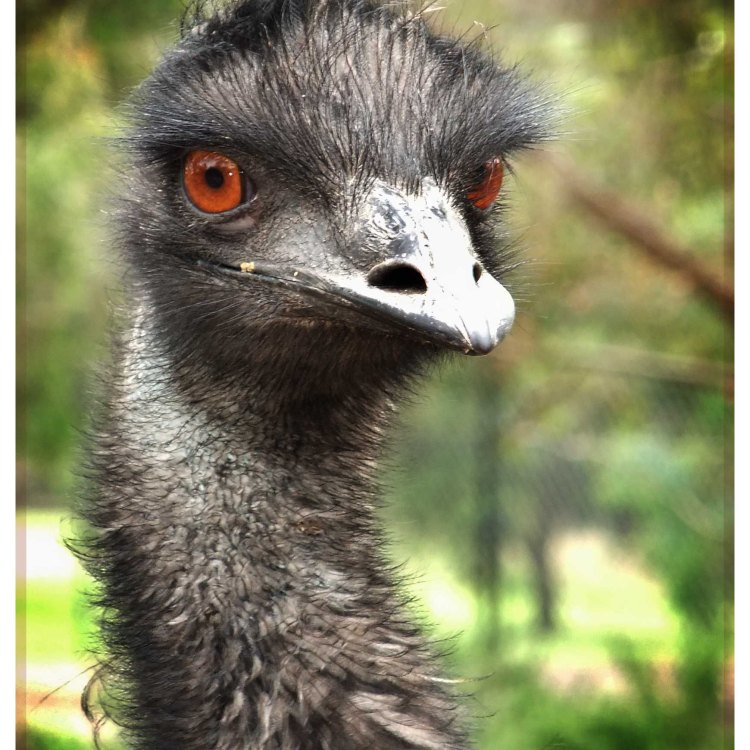
Emu
- Adult Size: Up to 55 kilograms (121 pounds)
- Average Lifespan: 10 to 20 years
- Reproduction: Sexual
- Reproductive Behavior: Monogamous
- Sound or Call: Booming sound during breeding season
- Migration Pattern: Some seasonal and altitudinal movements
- Social Groups: Generally solitary or in small family groups
- Behavior: Diurnal and ground-dwelling
- Threats: Habitat loss and fragmentation, predation by introduced species
- Conservation Status: Least Concern
- Impact on Ecosystem: Seed dispersal and vegetation control
- Human Use: Farming (for meat, eggs, and feathers)
- Distinctive Features: Big and strong legs, small wings, long neck
- Interesting Facts: The Emu is the second-largest living bird by height
- Predator: Dingoes and large birds of prey
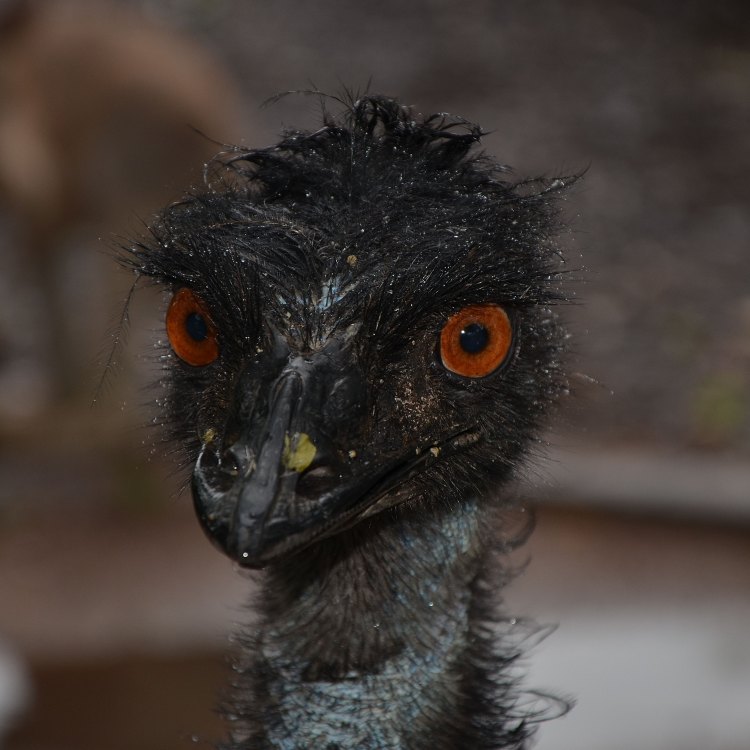
Dromaius novaehollandiae
The Mighty Emu: A Unique and Fascinating Bird
The Emu, scientifically known as Dromaius novaehollandiae, is a large, flightless bird native to Australia. It is the second-largest living bird by height, only surpassed by its cousin, the ostrich. With its distinctive features and intriguing behaviors, the Emu is a true marvel of nature.Size and Lifespan
Adult Emus can reach a weight of up to 55 kilograms (121 pounds) and a height of up to 1 PeaceOfAnimals.Com.9 meters (6.2 feet). They have long, powerful legs that help them run at speeds of up to 50 km/h (31 mph). Despite their impressive size, Emus have small, almost useless wings, making them unable to fly. This feature is one of the many adaptations that have allowed Emus to thrive in their natural habitat.
Emus have an average lifespan of 10 to 20 years when living in the wild. However, some Emus that have been raised in captivity have lived up to 35 years. These long-lived birds are capable of amazing feats and have unique reproductive behaviors.
Reproduction and Monogamous Behavior
Emus are sexually reproductive birds Eastern Phoebe. During mating season, male Emus will create a booming sound by inflating their throat and making a deep, vibrating sound. This call can be heard from up to 2 kilometers (1.2 miles) away. This booming sound is a way for male Emus to attract females for mating.
Emus are monogamous, meaning that they mate with only one partner for life. They also display very interesting courtship behaviors, such as head-bobbing, dance-like motions, and other displays of affection. Once the female has laid her eggs, the male will take over the responsibility of incubating them, leaving the female to search for food and defend their territory.
Sound and Migration Patterns
While Emus are generally solitary birds or live in small family groups, they do have a distinct sound or call. As mentioned earlier, the male Emus produce a booming sound during the breeding season. However, they also make other sounds, such as grunts and hisses, to communicate with each other. Emus are known for their excellent vocalizations and can produce a variety of sounds to express themselves.
Emus are diurnal birds, meaning that they are active during the day. They are also ground-dwelling, spending most of their time foraging for food. However, it is interesting to note that Emus do display some seasonal and altitudinal movements. During the colder months, they may move to lower elevation areas to avoid extreme weather conditions. This migration pattern allows them to adapt and survive in different environments.
Behavior and Threats
Despite their large size, Emus are herbivores, feeding on a variety of plant matter such as grass, fruits, and seeds. They are also important seed dispersers, spreading seeds through their droppings and contributing to the growth of different plant species.
Emus are generally docile and shy animals, but they can become aggressive if they feel threatened. They have powerful legs and sharp claws that they can use for self-defense if necessary. However, their biggest threats come from humans. Habitat loss and fragmentation due to urbanization and agricultural activities have greatly impacted Emu populations. They are also preyed upon by introduced species, such as feral dogs and cats.
Conservation Status and Impact on Ecosystem
Currently, Emus are listed as Least Concern on the IUCN Red List of Threatened Species. However, efforts are being made to protect and conserve their habitats. Australia has strict laws in place to protect this magnificent bird. It is illegal to hunt, capture, or harm Emus without the necessary permits.
Apart from being essential to the ecosystem as seed dispersers, Emus also play a crucial role in controlling vegetation. Their foraging behaviors help maintain a balance in plant growth, preventing overgrowth and potential wildfires.
Human Use and Distinctive Features
For thousands of years, Emus have been an important source of food, feathers, and oil for the indigenous people of Australia. They are also now commercially farmed for their meat, eggs, and feathers, making them an important economic resource for the country.
One of the most distinctive features of Emus is their long necks. They have up to 24 neck vertebrae, much more than most mammals, allowing them to stretch their necks out to reach food or scan their surroundings for potential predators. Their strong and powerful legs are also a standout feature, allowing them to run for long distances and defend themselves if needed.
Interesting Facts and Predators
Aside from being the second-largest living bird, Emus have many other interesting facts that make them truly unique. Their eggs are the largest of any bird species, and a single female can lay up to 20 eggs in one breeding season. Baby Emus, also known as chicks, are covered in brown and cream stripes and are capable of running and feeding themselves within a few days of hatching.
Despite their size and strength, Emus do have natural predators in the wild. Dingoes and large birds of prey, such as eagles and hawks, are known to prey on Emus and their eggs. However, due to their swift running abilities, Emus can often outrun their predators.
In conclusion, the Emu is a remarkable and fascinating bird with unique features and behaviors. From their monogamous mating habits to their powerful legs and booming calls, Emus have captured the attention and admiration of humans for centuries. As we continue to learn more about these magnificent birds, it is important to protect and preserve their habitats, ensuring that future generations can also marvel at the majesty of the mighty Emu.

The Majestic Emu: A Fascinating Flightless Bird of Australia
Disclaimer: The content provided is for informational purposes only. We cannot guarantee the accuracy of the information on this page 100%. All information provided here may change without prior notice.

